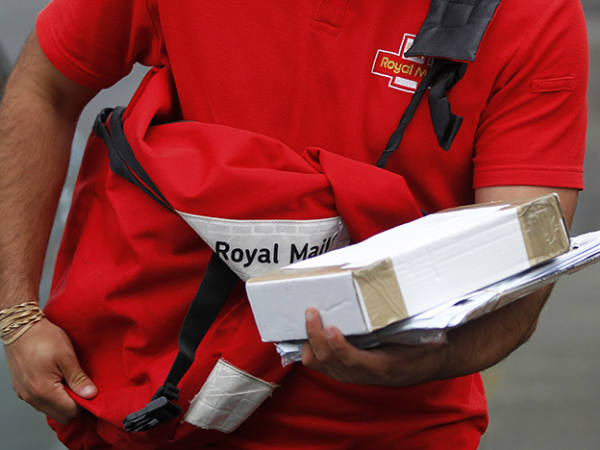From the perspective of economics, it must be true because the effect of a loss avoided is the same as a profit captured. If I have a choice between (a) spotting a problem in my portfolio and thereby avoiding a loss, or (b) finding and capturing a profit but sustaining the loss implicit in (a), which would I prefer? In a casual sense, it doesn't matter; either proposition ends with the same outcome, so I'm indifferent.
Actually, it's more subtle. From the perspective of maths, I would prefer to spot the problem; at least, I would if we assume that in (b) the profit and the loss are both of the same percentage. In that case, the loss would have more impact than the profit. For example, take a base figure of 100, deduct 20 per cent, then, onto the result, add 20 per cent. The outcome is 96 and it does not matter in which order you do the addition and subtraction, the answer is always 96. So (b) is a losing proposition. Meanwhile, with (a) - simply spotting and sorting the problem - I'm left where I started with 100, but compared with (b) I'm 4 per cent to the good.
Apologies if I labour the point. The aim is to curb that urge that lets hope trump experience; the feeling which tells us that the next opportunity we spot will be a supernova even if too many turned out to be black holes. Far better to focus on the red dwarfs already there.
The red dwarf I'm contemplating in the Bearbull Income Portfolio is National Westminster Bank 9 per cent preference shares (NWBD). Actually, it can't become a black hole. Even so, the NatWest prefs have had a poor time lately. The trigger was a statement issued by NatWest's parent, Royal Bank of Scotland (RBS), at the end of September about the restructuring of UK banks contained in the 2013 Banking Reform Act. Slipped into that statement was the sentence: "RBS continues to work through its ring-fencing plans and any implications for debt issued by RBS's entities will be announced in due course."
That was a cue for enthusiastic profit-taking on the stock, which is quasi-debt and whose price had just hit a five-year high of 152p. Now it is 136p. The unspoken fear among the sellers is that RBS's bosses will contrive a way to redeem the stock at 100p.
The concern is understandable because there is little doubt that those running RBS would like to be shot of the NatWest prefs. When NatWest issued £140m of them in September 1991 they seemed a good idea. After all, they cost 9 per cent when the Bank of England base rate was over 10 per cent and plain vanilla loan stock would have cost 12 per cent-plus.
Today, the prefs look like an expensive relic. Not just is the interest rate high, in addition the coupon counts as a dividend and so - unlike an interest payment - is not deductible for tax purposes. Yet, simultaneously, from the perspective of banks' capital adequacy rules, the prefs are judged as debt, not equity.
There have been fears about the NatWest prefs before; in particular, when RBS was bailed out by the taxpayer and axed the dividend on its ordinary shares (yet to be resumed). The prefs escaped because their payment capability was based on NatWest's performance, which - thanks to the predominance of 'boring' high-street banking in the mix - remained profitable through the dog days.
Ironically, the pref dividend may be under greater threat just now as near-zero interest rates squeeze profits on loans and NatWest made losses of £6bn in 2013 and £1.2bn in 2015. Presumably, the holding company had sufficient distributable reserves to make the payment, although I can't quantify how much remains since NatWest does not split out shareholders' capital and reserves in its accounts.
I can say that preference shareholders would get to vote if there were a motion to redeem the stock - not that they have much voting power against the ordinary shares, all of which are owned by RBS. Still, such a move isn't imminent. If and when it happens, the worst downside from today's 136p would be 26 per cent. Add in the likelihood of at least another two years of dividends before then and the downside drops to 12 per cent. Factor in some intuitive probabilities and the worst is, say, 6 per cent. That's another way of saying it's not worth selling at 135p (the bid price); though I may have to rethink my target selling price of 175p - it was raised as interest rates evaporated to nothing - as just too high.
And let's not forget the point of the exercise - to confront the problems in a portfolio. In the past three weeks, I've done my share - Mitie (MTO), then Carillion (CLLN), now NatWest. Are you facing up to yours?











